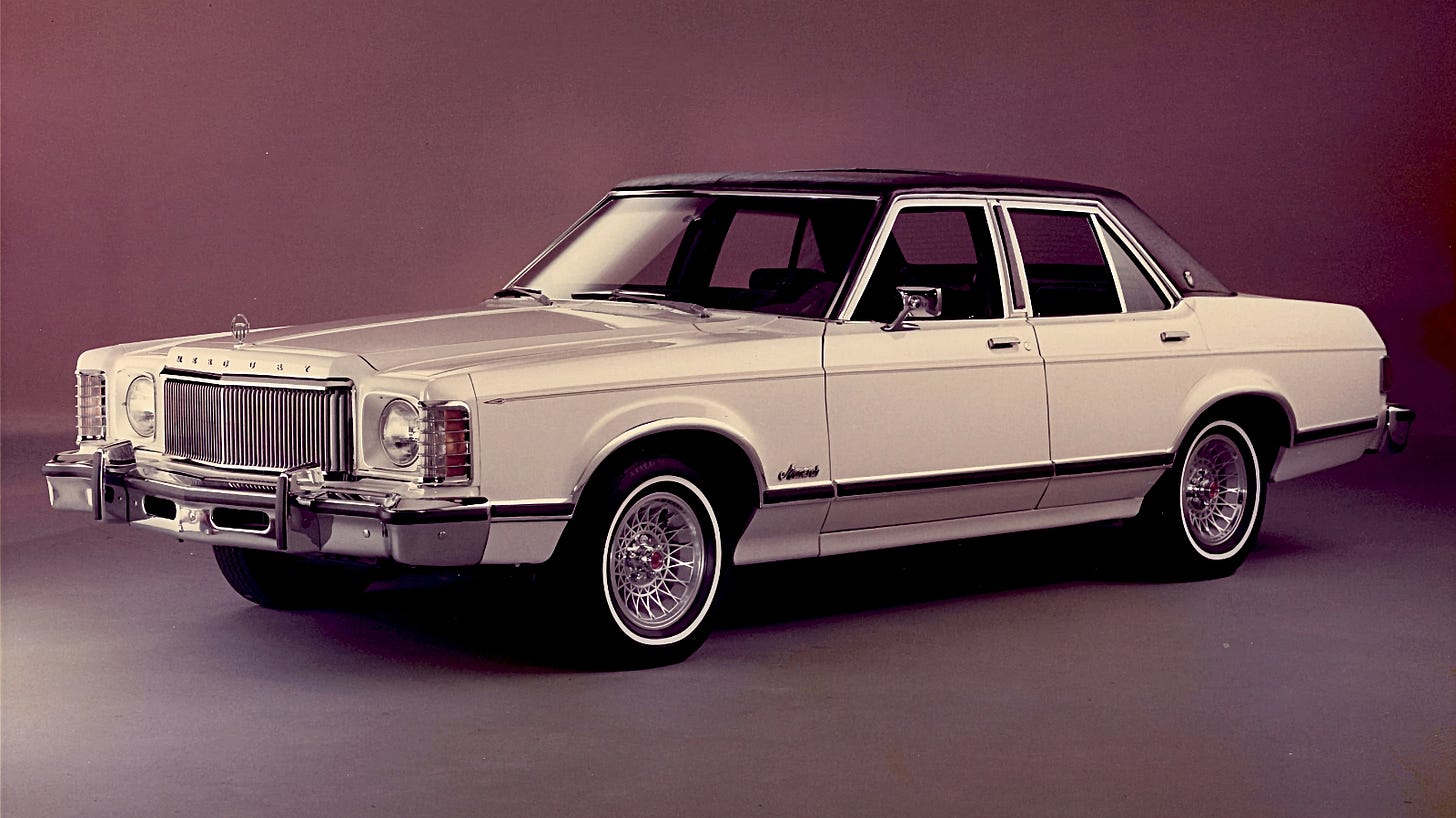What is Driving American?
Let’s keep this simple.
Driving American is about the new cars, trucks, SUVs, and vans that are made in America by Americans.
That’s it. Period. End of story.
If you want automotive reporting that filters the news from this angle, Driving American is for you.
Driving American: The purpose and passion
In the post-war era, the United States established itself as a global economic powerhouse by building a robust middle class with money to spend. You didn't need a college degree to make good money. All you needed was a strong work ethic and the willingness to show up every day and give it your best shot.
Manufacturing played a significant role in creating this prosperity. But in the past several decades, many of these good-paying jobs have vanished, leaving a segment of the American populace despondent and, sometimes, desperate. Cities have crumbled, towns have withered, and more hard-working people than ever find themselves struggling to make ends meet.
I grew up in the Detroit suburbs in the 1970s and 1980s. My family wasn't dependent on the U.S. auto industry, but I knew plenty of people whose livelihoods dried up and disappeared during that era. It was devastating. However, at that time, now referred to as the Malaise Era of automotive design and engineering, the Big Three (Chrysler, Ford, and General Motors) were building terrible vehicles. That practice left the door wide open for overseas competitors to woo Detroit’s unhappy customers. So the shift to imports wasn't surprising.

Today, globalization has transformed the automotive industry. Ford and GM are the only car companies that still locate their worldwide headquarters in the U.S. Unbeknownst to many people, Stellantis NV, which owns the Chrysler, Dodge, Jeep, and Ram brands, is based in Amsterdam, Kingdom of the Netherlands. The company’s North American HQ in Auburn Hills, Michigan, is equivalent to the American Honda compound in Torrance, California, or Toyota’s campus in Plano, Texas.
That globalization means you can't just buy a Chevy, Ford, or Jeep thinking the purchase will support American workers.
For example, the Chevrolet Trailblazer is made in South Korea. The Ford Mustang Mach-E is built in Mexico. And the Jeep Renegade is manufactured in Italy by a parent company based in Amsterdam, not Detroit. How does buying one of these models help to keep middle-class Americans on the job working in communities that are not just viable but also vibrant?
It doesn’t. So you might think you’re buying American to support Americans, but you’re not.
I firmly believe that we, as consumers, must look past the brand name on the vehicle and to the assembly location of the vehicle. The U.S. factories that build new vehicles provide the economic lifeblood of their local communities. The smaller component suppliers to those factories serve the same function. Their presence and ongoing success help ensure that Americans have money to spend and can live in areas where hospitals remain open, retail stores thrive, restaurants have customers, and more.

Ask the people of Spartanburg, South Carolina, if it's a big deal that BMW is based in Germany. Ask the people of Montgomery, Alabama, if it matters that Hyundai is based in South Korea. Ask the people of Lafayette, Indiana, if they care that Subaru's global headquarters is in Japan. What's important to them is that you're buying a vehicle made in America, and preferably one built in their hometown.
Considering the growing wealth gap in America, it’s time to address this subject on a broader scale. The middle class is disappearing, and our country needs a robust manufacturing base with good-paying jobs that can help support and sustain the smaller communities across America. Choosing a car, truck, SUV, or van that is made in the U.S.A., no matter what brand it wears, is a great way for any new-vehicle buyer to make a significant and positive impact.
What qualifies me to write about this subject?

I’m a lifelong car nut who found a path to a rewarding career in automotive journalism. In early 1994, I landed my first project in the field, editing new and used car pricing guides for a company called Edmund Publications. I went on to serve as the first editor-in-chief of Edmunds.com and thereafter perform similar editorial leadership roles with Autobytel and J.D. Power.
In 2012, I opened an automotive content consulting and development company called Speedy Daddy Media. Since then, I’ve provided editorial services to all three of my previous employers in addition to numerous other clients. Highlights of the past decade include the return of my byline to Edmunds, running the Autos section for the New York Daily News, and contributing hundreds of car reviews to CarGurus, where you may have seen me host videos on their YouTube channel.
Today, Speedy Daddy Media has four clients, including Capital One (yes, the bank), CarGurus, Edmunds, and J.D. Power. A team of freelancers helps me to fulfill these content contracts, and together we deliver upwards of 1,200 pieces of editorial and thousands of original photos annually to these publishers.
Driving American is my passion project, an idea that’s been percolating for more than 15 years. In the mid-Aughts, I explained the importance of buying vehicles made in the U.S.A. while working for Autobytel and again during my tenure as the Autos editor for the New York Daily News.
Now, finally, I’ve decided Substack is the right platform at the right time. If you’re interested in supporting my work and, by extension, helping to educate consumers so that together we can do our small part to ensure the success of U.S. manufacturing, American workers, and local economies across the country, please consider subscribing to Driving American.
What will you get by subscribing?
The plan is to publish Driving American three times per week. There will be a helpful list, a test-drive review or an “Extra” for paying subscribers, and a weekly round-up of topical news.
Free subscribers can:
Access buying guides listing my five favorite American-made cars, trucks, and SUVs in any given vehicle segment
Find out what I like most about test vehicles that were assembled in the U.S.
Get a weekly roundup of the big news stories, including details about future made-in-the-USA models that are going on sale soon
Paid subscribers can:
Learn which model I recommend at the end of each buying guide, and the reasons why
Find out what I don’t like about test vehicles and my overall rating and recommendation for them
Access bonus content in the form of Extras: Hot takes, strong opinions, life stories, and more
Start their own Substack Chat threads discussing cars, trucks, and SUVs made in America
Message me directly
I know your time and attention are valuable. Thank you for considering Driving American as a worthy addition to your regular reading.
To find out more about the company that provides the tech for this newsletter, visit Substack.com.


